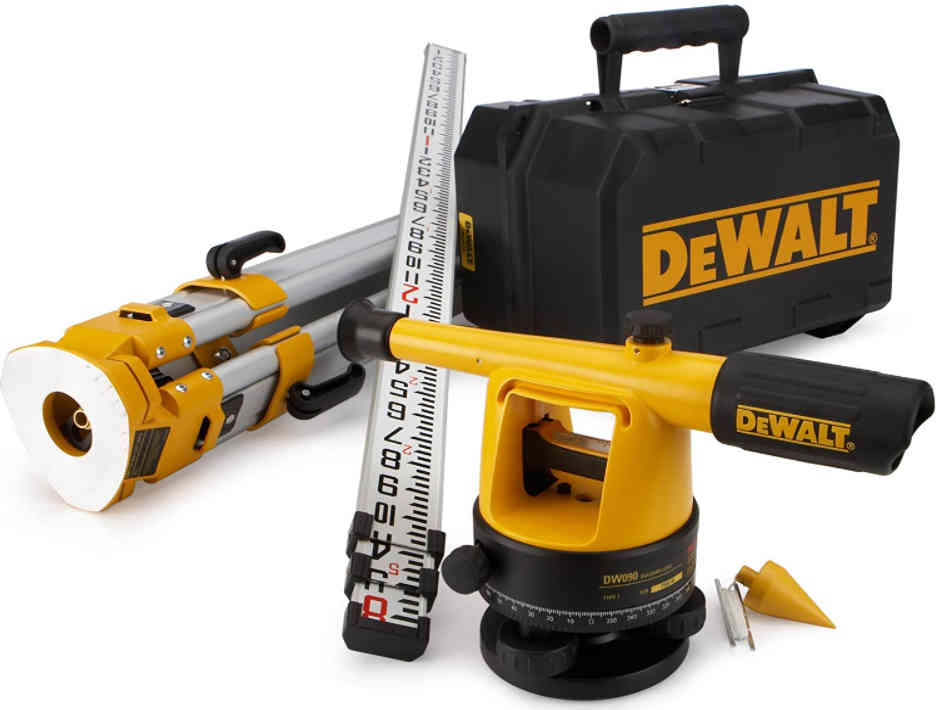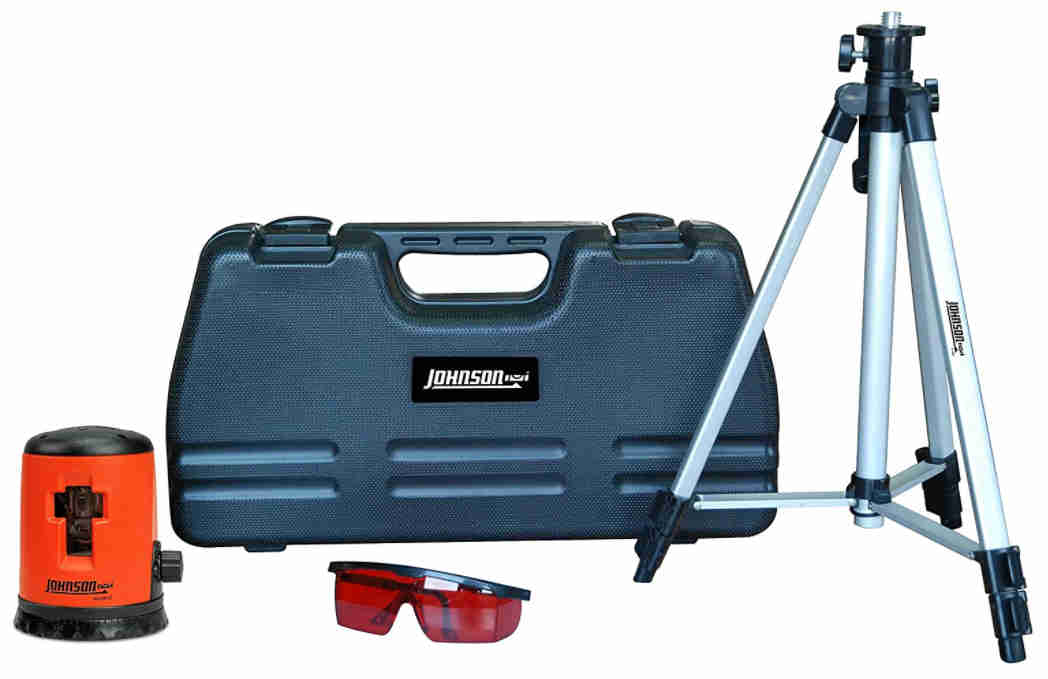Carpentry Levels
Carpentry levels come in many forms. Levels are essential carpentry tools. Without them, you would never know if the structure you are building is level or plumb.
Types of Carpentry Levels
The most common levels are the 24-inch and the 48-inch. You can level most projects with a combination of those two. The 48-inch level is the tool of choice for leveling deck joists or plumbing wall studs, and the 24-inch is sufficient for leveling elements where a 48-inch level may not fit (like a window sill or door header).
I keep a Torpedo Level in the all-purpose Hand-Carry toolbox I use for storing my hand tools. It also functions as my RV toolbox. The compact size of a Torpedo Level fits nicely in the upper tray and is all the level you need for leveling a travel trailer. A Torpedo Level is necessary for projects where a 24" level won't fit.
On large projects, a transit level is the tool for the job. Suppose you are trying to level the frame of a multi-tiered deck. Leveling it with a standard bubble level would not be practical. With a transit level, you can level structures across large spans by simply rotating the scope. The good folks at myCarpentry.com use the Dewalt Builder's Level; we have no complaints.
Carpentry levels span many technologies. There are several levels to choose from for almost any application. There are laser levels for installing drop ceilings on large commercial projects. There are also levels with a digital readout (instead of a bubble).
Digital levels can not only measure whether an object is level or plumb - they can provide the angle of a sloping surface. This feature is handy for determining the slope or pitch of an existing roof.
Which level should I buy?
I own a Torpedo Level, a 24-inch Level, a 48-inch Level, and a Transit Level, and will soon buy a Digital Level. I own these levels because of the nature of my projects, whether around the house or on the job. As mentioned earlier, the 24-inch and the 48-inch levels are probably the most common sizes of levels. If you are new to carpentry, these two levels and a torpedo level are the first to buy. I wouldn't recommend buying a transit level until you need one.
Features of Levels
There are magnetic levels for plumbing metal studs. These levels stick to the metal studs so that you don't have to hold them in place while you are screwing them to the upper and lower channel. There are 8-foot levels for plumbing residential walls - they typically span the bottom and top plates.
**As an Amazon Associate, mycarpentry.com earns revenue from qualified purchases.
What next?
Leave Carpentry Levels and return Home.







